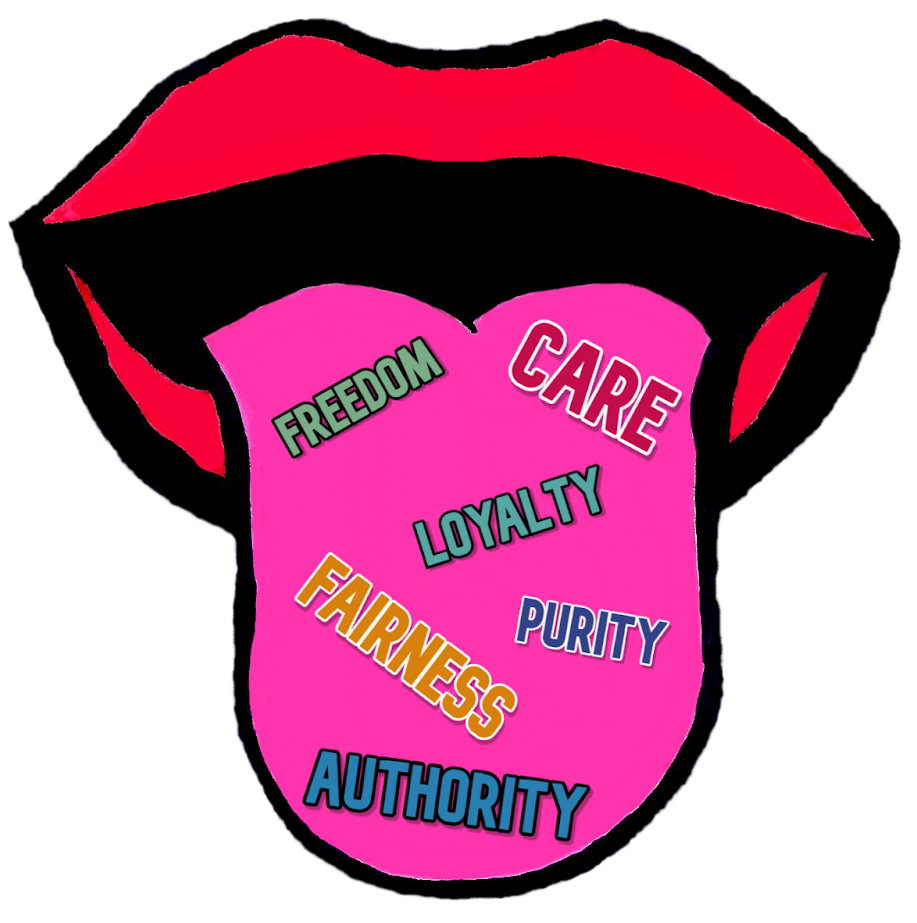
Discussion guide about moral issues
Lesson plan and worksheets to apply understandings of moral psychology in classroom discussions about ethical issues
In this unit students explore stories of people who have left a radical movement, or deliberately discuss with representatives of the “other side” and build respectful relationships. These let us explore the circumstances, experiences and insights about why prejudice, hatred and violence against other people or a group can arise and how they can dissolve again.
Students create a short presentation on a person and their story (alternatively, students can use other forms of presentation, such as video, poster, podcast etc.). Afterwards, the class brings together the impressions of all stories, compares and discusses their similarities and differences, and reflects on how we can ensure that people do not succumb to radical beliefs or join radical groups.
Overall, the stories invite us to take perspective and have empathy with people, thus allowing us to explore the more structural and ultimate causes of why radical movements exist and why people join them, beyond blaming individuals.
Author: Susan Hanisch

Lesson plan and worksheets to apply understandings of moral psychology in classroom discussions about ethical issues

This lesson is about exploring the concept of values with students and having them identify and reflect on what they personally value, or what makes their life meaningful.

In this lesson students learn about the concept of cognitive biases as well as a number of important cognitive biases that may affect our well-being and social interactions, identify their causes in evolutionary history, their functions, and reflect on how to cope with cognitive biases.

In this lesson students explore the causes and functions of, as well as ways to flexibly relate to our moral intuitions by engaging the analogy to our taste buds.

This model simulates the biological evolution of ethnocentrism in a population made up of multiple ethnicities.
OpenEvo is an educational innovation project from the Department of Comparative Cultural Psychology at the Max Planck Institute for Evolutionary Anthropology.
Evolve the future of education with us!